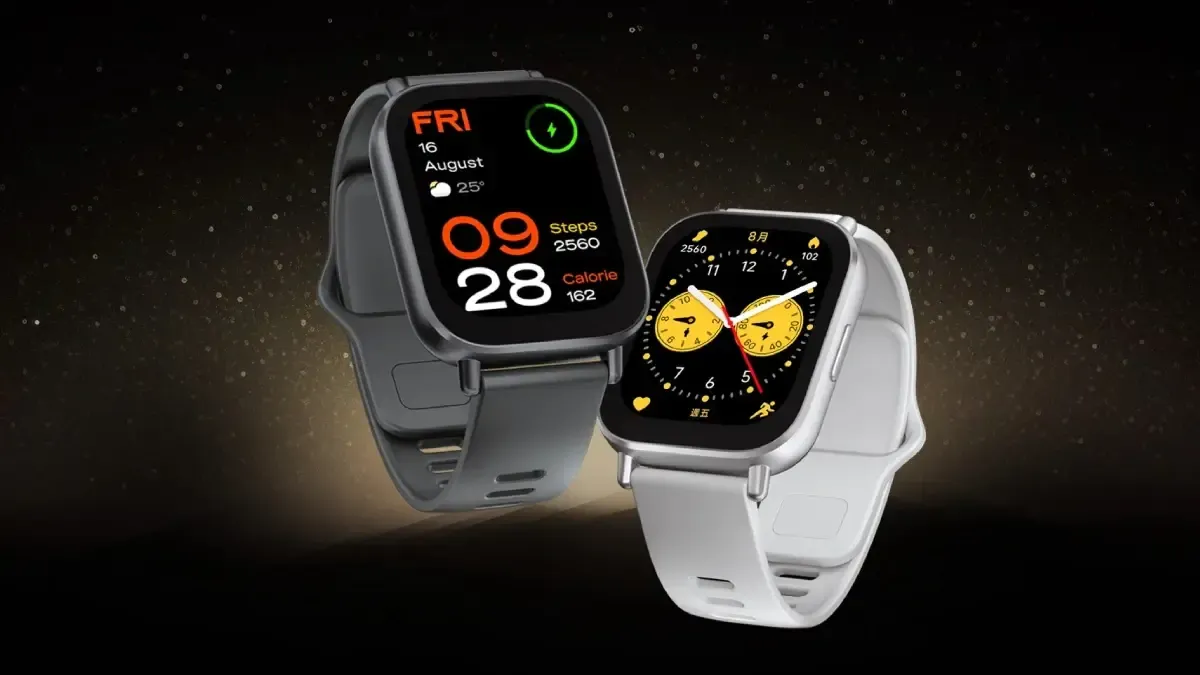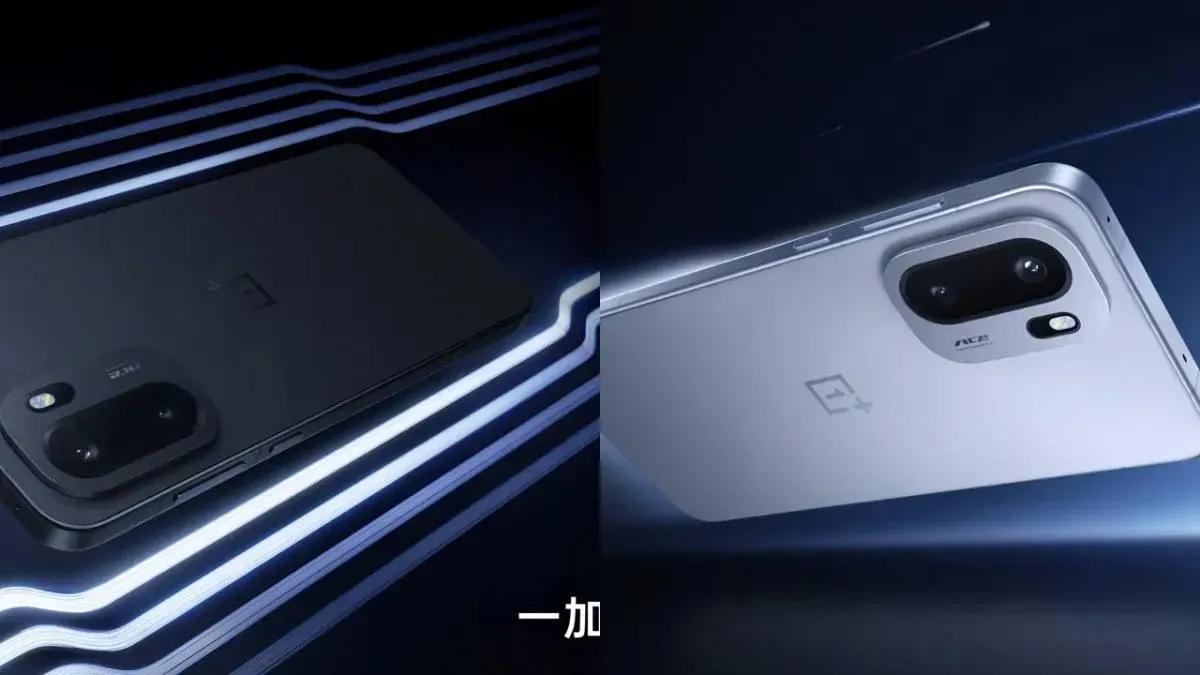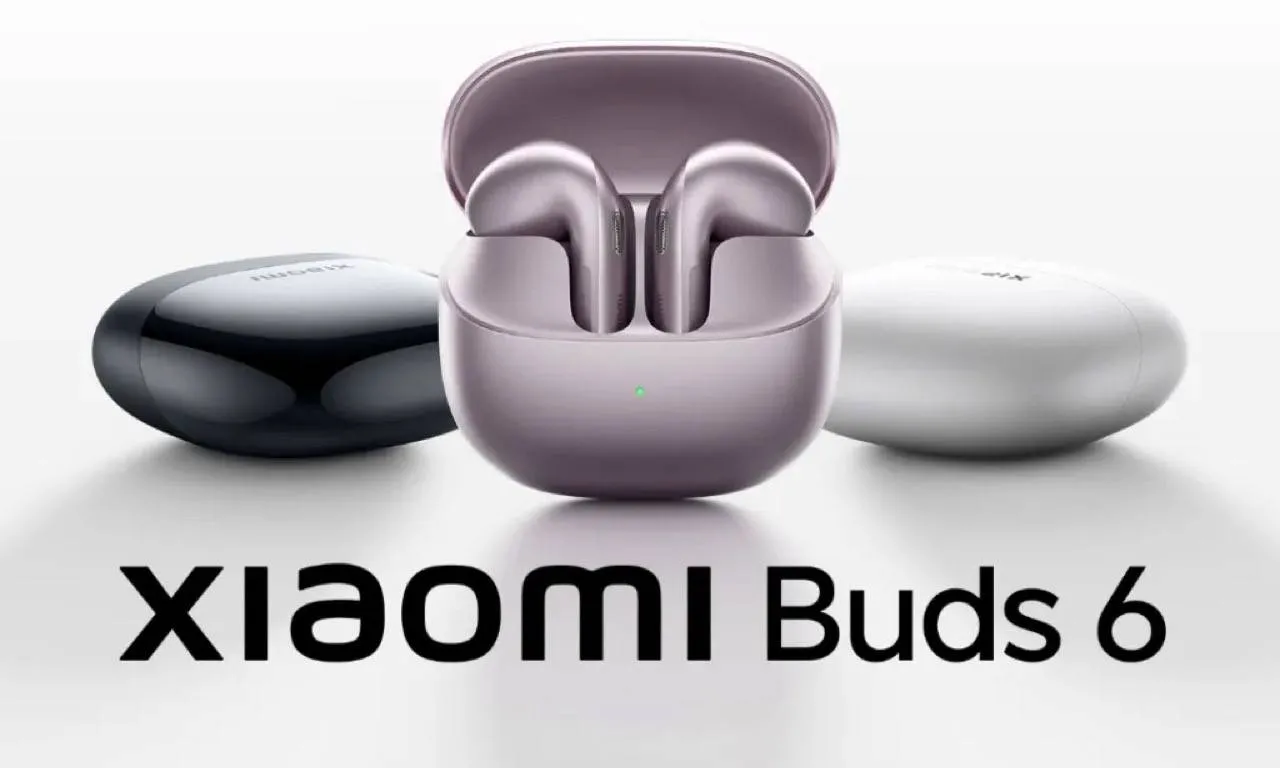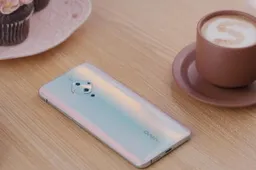Will Huawei Bring Harmony OS To Their Smartphones? We'll Know Soon
HuaweiThursday, 14 November 2019 at 12:48
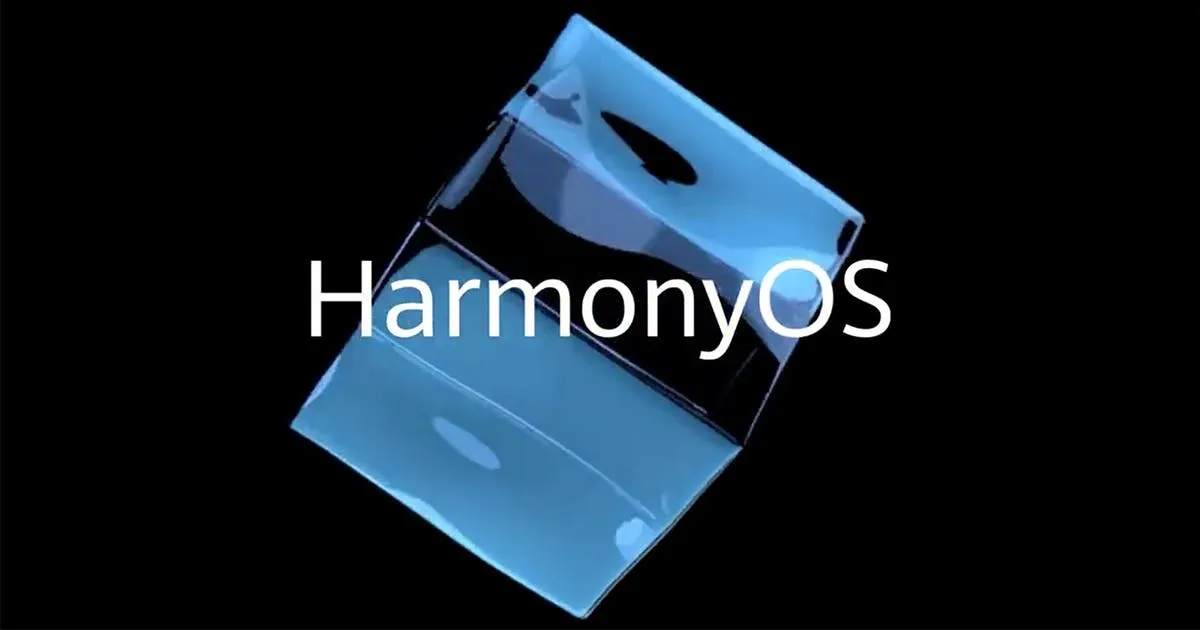
Huawei senior vice president Vincent Pang in an interview with Business Insider said that they will bring the Harmony OS to the smartphones in the next six to nine months. The US government still doesn't allow the company to work with US companies such as Google. But this may affect the company’s sales.
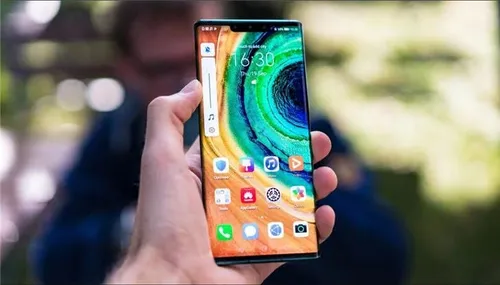
Pang said: ‘We can't wait any longer, we have missed a flagship product.’ (He refers to Huawei's recently launched Mate 30 smartphone, which runs Android without any Google services or applications (including the Google Play Store). It runs on the open-source version.)
The US Department of Commerce previously included Huawei in the trade blacklist and prohibited the company from doing business with US companies unless they obtained government permission. This means that Huawei is unable to cooperate with Google and cannot pre-install Google services and applications. This makes Huawei's smartphones in a disadvantage position outside the Chinese market.
US Commerce Secretary Wilbur Ross recently said that US companies will soon be licensed again to start selling products to Huawei. Bloomberg reported on November 3 that the US government has received 260 license applications so far.
Apart from this, Pang said, ‘Harmony is not a replacement of Android. It's a next generation of Android. By only staying in [our] existing footprint, we can definitely survive. But no company just wants to survive.’
At present, Huawei has released a TV running on Harmony OS. But the company has not announced whether the system will come to smartphones.
Ren Zhengfei said in an interview earlier: ‘If Harmony OS can grow up, there is a problem related to the ecology, and not a major replacement relationship. First of all, we still strengthen cooperation with Google, because Google is willing to cooperate with us. The only issue is the US government approval. Whether it can be approved depends on what will happen on November 19. We hope that the US can approve and we can continue to strengthen friendly cooperation with Android.’
Loading

